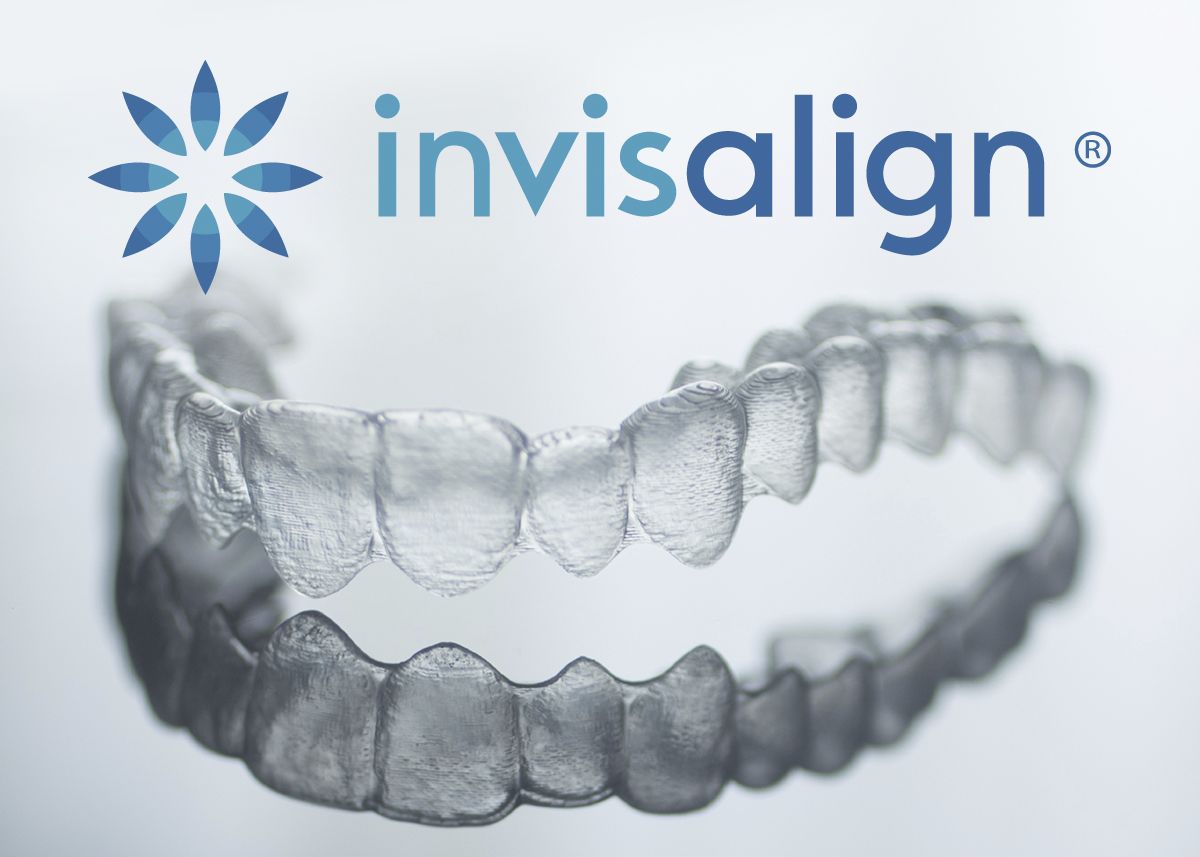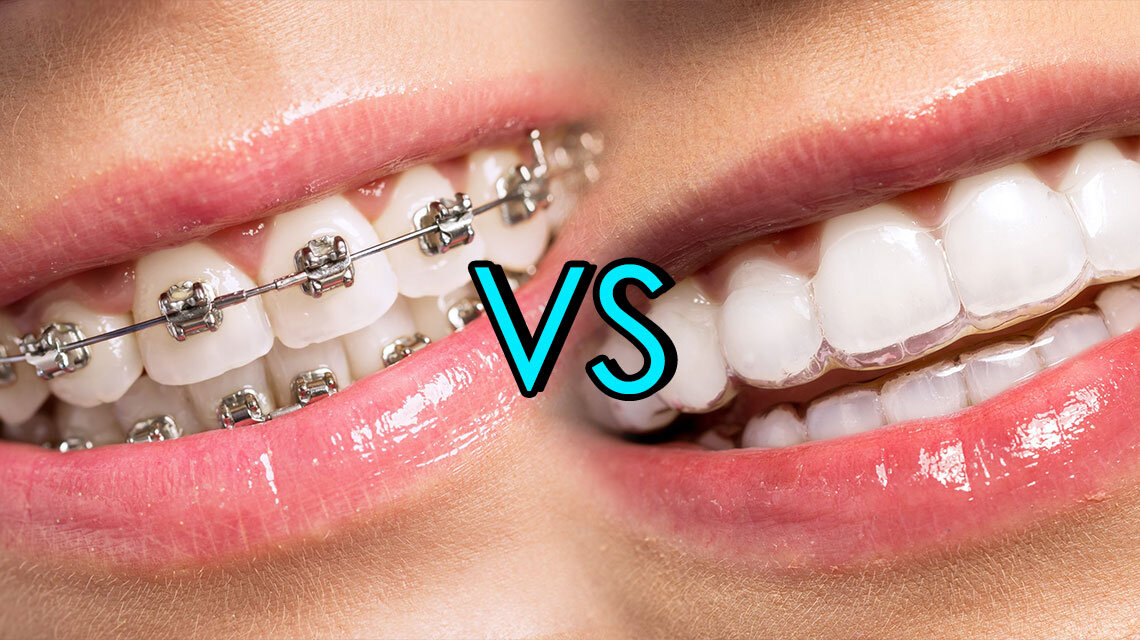Success Stories: How Invisalign Changed Lives and Improved Confidence
Success Stories: How Invisalign Changed Lives and Improved Confidence
Blog Article
Invisalign vs. Traditional Dental braces: Which Option Is Right for You?
When taking into consideration orthodontic treatment, the option between Invisalign and standard braces presents numerous vital elements that warrant cautious evaluation. Invisalign provides a very discreet choice with removable aligners, while conventional dental braces give a more noticeable yet efficient option for serious misalignment. Each option incorporates distinct benefits and downsides connected to aesthetic appeals, convenience, treatment duration, and expense. Comprehending these subtleties is important for making a notified decision that lines up with your personal choices and way of life. The concern remains: which alternative will ideal fulfill your orthodontic demands and expectations?
Introduction of Therapy Options

In comparison, traditional dental braces include metal braces and wires that are bound to the teeth. This technique applies constant stress in time to accomplish placement. While effective for complicated orthodontic problems, standard dental braces call for routine gos to for modifications and can position difficulties in maintaining oral hygiene as a result of the problem of cleaning about wires and braces.
Both alternatives have their qualities, and the option typically depends upon certain oral conditions, lifestyle choices, and person compliance. Ultimately, getting in touch with an orthodontic expert is crucial for determining one of the most appropriate therapy plan customized to private needs. Comprehending the nuances of each choice can substantially affect the overall success of orthodontic therapy.
Aesthetic Factors To Consider
A substantial factor affecting the option between Invisalign and typical dental braces is the aesthetic charm each therapy uses. Invisalign aligners are crafted from clear plastic, making them virtually unnoticeable when used.
On the other hand, standard dental braces consist of metal braces and wires, which can be more recognizable. While innovations in orthodontic modern technology have actually led to the development of smaller brackets and colored elastics, traditional dental braces still preserve an even more noticeable profile. For some people, the exposure of dental braces may deter them from seeking essential therapy.
Eventually, the selection in between Invisalign and typical braces may depend upon individual choices concerning appearances. Individuals who prioritize discernment typically favor Invisalign, while those who are much less concerned concerning exposure may opt for typical braces. Recognizing the visual ramifications of each alternative is crucial for making a notified decision that aligns with one's way of life and choices.
Convenience and Convenience

In terms of ease, Invisalign aligners are detachable, enabling people to enjoy their favored foods without restriction and maintain ideal oral health. Cleaning and flossing are simplified, as the aligners can be secured during these regimens, whereas standard dental braces call for careful steering around cables and braces.
In contrast, typical dental braces demand routine changes, making them much less hassle-free for those with busy timetables. In general, the comfort and comfort of Invisalign make it an attractive choice for numerous individuals looking for orthodontic therapy.
Treatment Period and Performance
While both Invisalign and standard dental braces are effective in remedying dental imbalances, the period of therapy can differ dramatically in between the 2 choices. Generally, Invisalign treatment can take anywhere from 12 to 18 months, relying on the complexity of the instance. The clear aligners function by progressively changing teeth into their wanted positions, and normal follow-ups with an orthodontist help ensure progress continues to be on course.
In comparison, standard braces usually require a longer dedication, normally varying from 18 months to three years. This is due to their set nature and the usage of brackets and wires, which can be much more effective for complicated situations and extreme misalignments (Invisalign). The therapy performance of standard dental braces is well-documented, as they permit precise modifications and better control over tooth activity
Eventually, the selection in between Invisalign and standard braces may pivot on both the awaited therapy duration and the details dental problems available. Consulting with an orthodontist is important, as they can give customized recommendations based on specific needs, making sure the picked approach straightens with desired results and durations.
Expense Comparison and Insurance Policy Options
Cost plays a significant role in informative post the decision-making procedure for individuals considering orthodontic therapy, whether opting for Invisalign or typical braces. On standard, the price of Invisalign varieties from $3,000 to $8,000, while standard dental braces normally cost in between $2,000 and $6,000. Variables influencing these prices include the intricacy of the situation, the duration of treatment, and geographical location.
Insurance policy coverage can substantially influence out-of-pocket expenditures. Numerous dental insurance strategies offer partial coverage for orthodontic therapies, yet the specifics can vary extensively. It is important for clients to evaluate their insurance policies to identify the extent of protection for either option. Usually, traditional dental braces may be extra regularly covered by insurance coverage strategies contrasted to Invisalign, which some insurance providers classify as a cosmetic procedure.
In addition, numerous orthodontic practices provide versatile payment plans, making both therapy alternatives a lot more available. Clients should ask about possible financing alternatives and price get redirected here cuts for in advance payments. Assessing the overall expense, consisting of insurance coverage benefits and repayment plans, is important for making an informed choice that aligns with both visual choices and spending plan considerations.

Conclusion
In recap, the option between Invisalign and standard dental braces depends upon multiple variables, consisting of visual preferences, comfort, treatment period, and price. Invisalign supplies a very discreet, detachable option that helps with dental health and nutritional versatility, while traditional dental braces might be more suitable for complex oral problems and commonly come at a reduced price factor. Ultimately, consultation with an orthodontist is vital to analyze specific scenarios and determine one of the most ideal therapy choice for achieving ideal oral placement.
When taking into consideration orthodontic therapy, the option between Invisalign and standard dental braces provides several vital elements that merit cautious examination.Comparing Invisalign and traditional dental braces reveals distinctive therapy choices for orthodontic improvement.While both Invisalign and standard braces are effective in dealing with oral imbalances, the duration of treatment can vary substantially in between the 2 choices.Expense plays a substantial duty in the decision-making process for individuals taking into consideration orthodontic treatment, whether opting for Invisalign or conventional dental braces.In summary, the option between Invisalign and standard braces pivots on several factors, consisting of aesthetic preferences, convenience, therapy duration, and expense.
Report this page